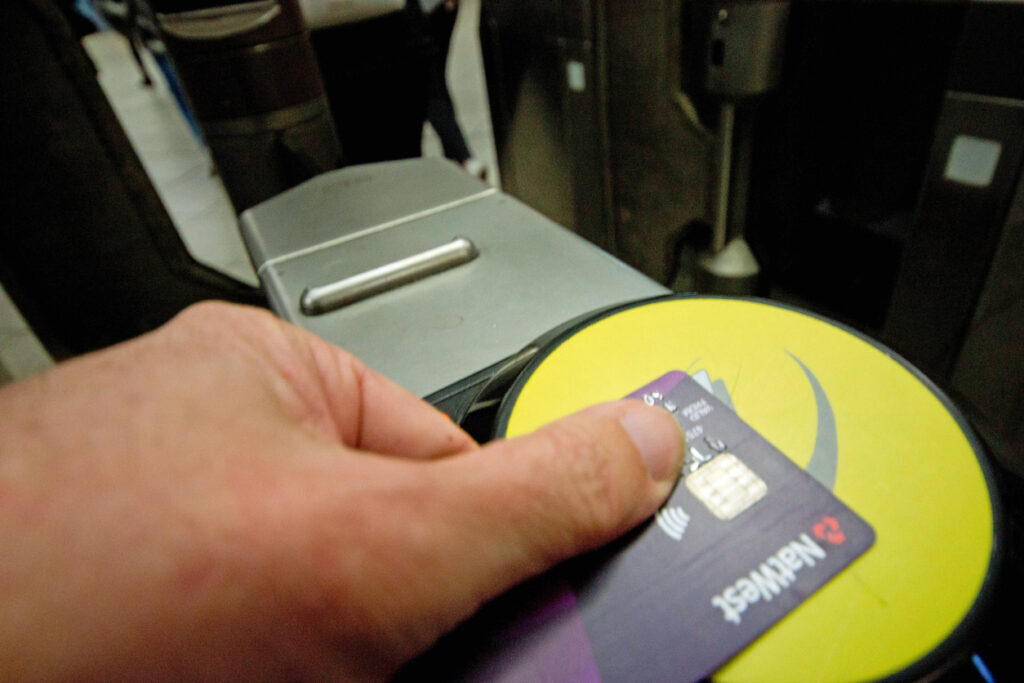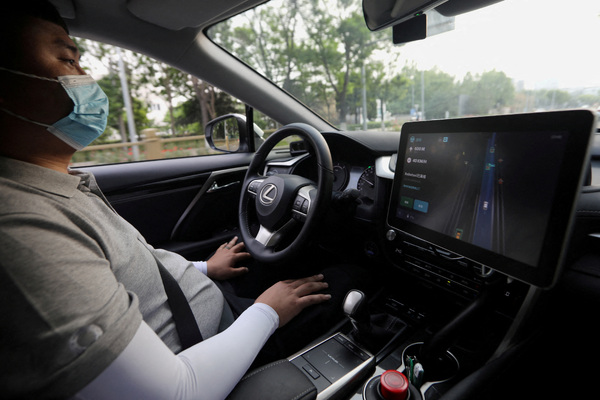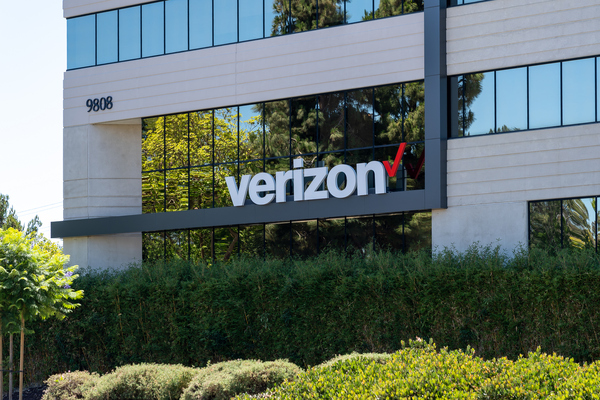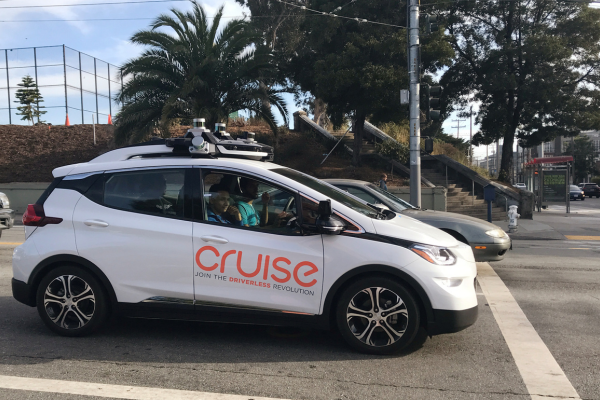All your transport options in one place: why mobility as a service needs a proper platform

Uber, Ola, Car Next Door, GoGet, Urbi and Shareabike have transformed the mobility experience for millions of people, but are just the tip of the looming iceberg of changes in transport. Globally, 93 million travellers use the Uber app on a monthly basis. More Australians use Uber (22.9%) than taxis (21.8%).
The public clearly has an appetite for mobility as a service (MaaS). People want to plan, book and pay for various forms of transport via a digital platform.
However, mobility service providers are actors in search of a stage. As with software, computing and entertainment, only when a properly designed and managed platform underpins all the services will the real transformation be unlocked.
The 3 pillars of the platform
MaaS is part of a broader evolution as novel technologies have driven the rapid transformation of products and offerings into collections of services. Smartphone applications rely on digital distribution platforms such as Google Play Store, Apple Store, Microsoft Store and Amazon Cloud. Similarly, the evolving technologies and mechanisms of mobility systems require a platform for distribution.
The platform concept should include at least three key elements:
- integrated ticketing and payment: user payments are managed in a uniform and adaptable manner across all providers
- accessible, standardised regulations with open data: regulations and data are managed to be accessible/plug-n-play, secure and equitable
- reputation management: reputations of providers and users are managed in a scalable, fair and efficient way.
If the platform is designed poorly, markets will be distorted, privacy will be violated, and escalating infrastructure costs will continue to burden taxpayers.
Moving towards integrated payment
Historically, the transport platform has simply been the physical networks – roads, walking paths, cycle paths, rail and so on – and the ancillary infrastructure such as stations, airports, ports, vehicle storage and parking. Governments must reimagine existing physical infrastructure as part of the mobility services platform.
Recent innovations have focused not only on infrastructure development – autonomous vehicle systems, for example – but also on managing existing infrastructure. For example, cities around the world have moved towards rail automation and smart ticketing for public transport (Opal, Oyster, Octopus and Myki cards). The smart cards market for public transport in the US alone was valued at US$57.2 billion (A$73.9bn) in 2018.
Setting up seamless payment across services is the first pillar of the platform needed to support mobility as a service. It removes a major barrier to entry for service providers and users.
 original article.
original article.
Business Reporter Team
Related Articles
Most Viewed
Winston House, 3rd Floor, Units 306-309, 2-4 Dollis Park, London, N3 1HF
23-29 Hendon Lane, London, N3 1RT
020 8349 4363
© 2024, Lyonsdown Limited. Business Reporter® is a registered trademark of Lyonsdown Ltd. VAT registration number: 830519543





